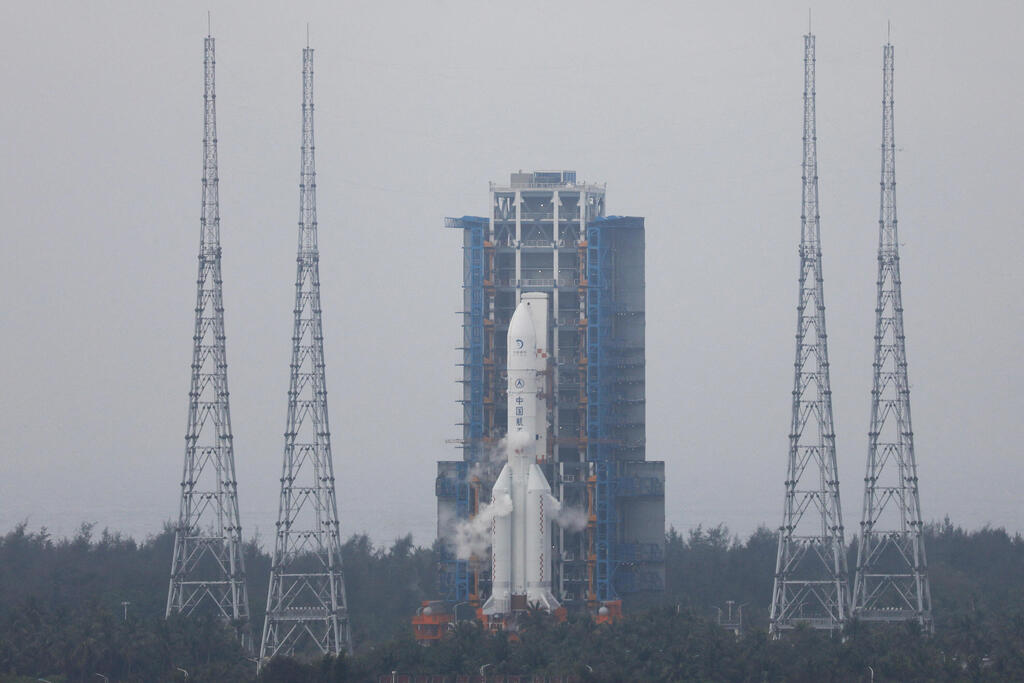China's Chang'e 6 spacecraft successfully landed on the far side of the moon, marking a milestone as the first mission to collect samples from the less visible part of the lunar surface.
The probe landed within the South Pole-Aitken Basin, the largest and oldest impact crater on the moon, with the help of the Queqiao 2 relay satellite, aiming to collect and return samples from the lunar far side.
1 View gallery


Chang'e 6 lunar probe and Long March-5 Y8 carrier rocket combination sit atop launch pad at Wenchang Space Launch Site in Hainan province, China, May 3, 2024
(Photo: REUTERS/Eduardo Baptista/File Photo)
The mission, planned for about 53 days round trip, consists of an orbiter, a lander, an ascender, and a reentry module. The sampling process by the Chang'e 6 probe is expected to be completed within two days, using both a borehole and a robotic arm to collect samples from the moon's surface. After collecting the samples, the probe will attempt an unprecedented launch from the far side of the moon.
The far side of the moon, also known as the dark side, remains largely unknown to scientists. China's lunar program, named after a Chinese legend goddess residing on the Moon, is driven by competition with other countries, with plans to land astronauts on the Moon by 2030.
This article was written in collaboration with Generative AI news company Alchemiq
Sources: The Washington Post, El País, China Daily, The Blaze, Science Times, Cosmos Magazine, The Olympian, USA News.

